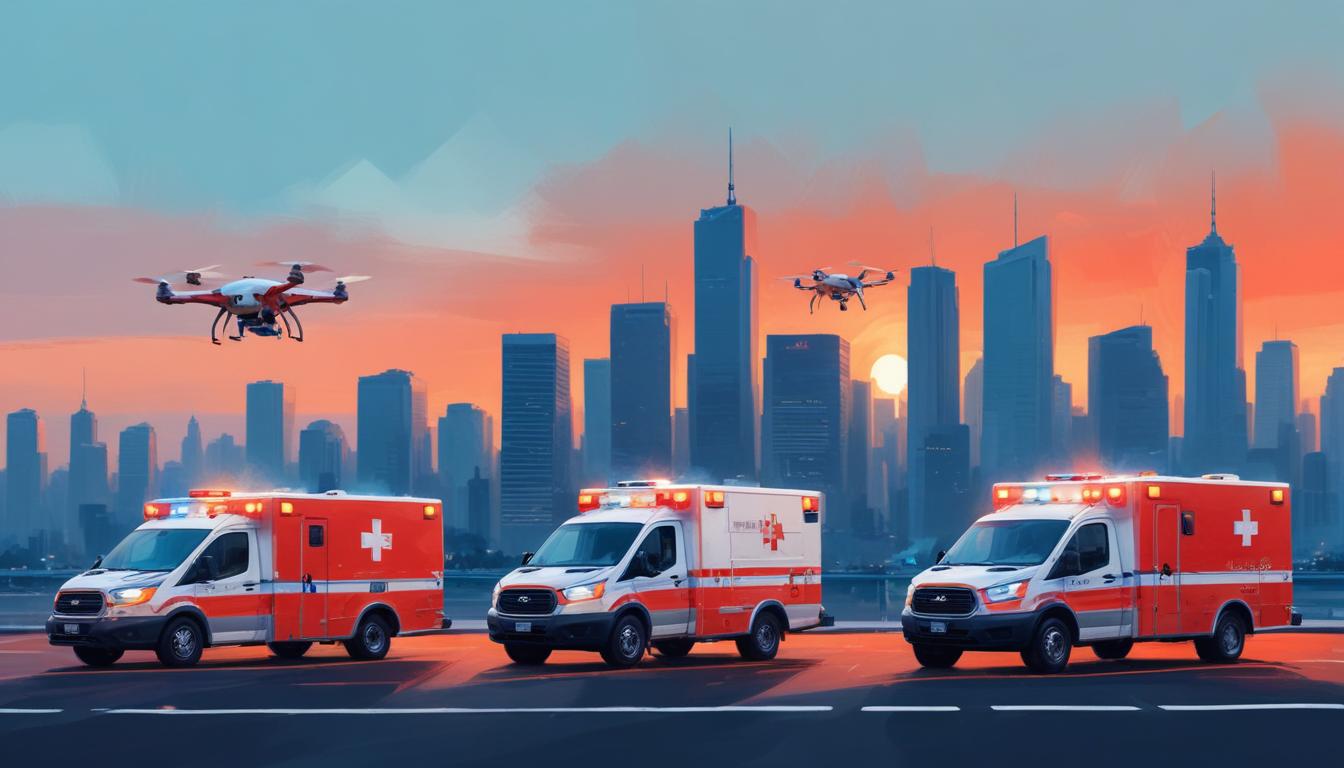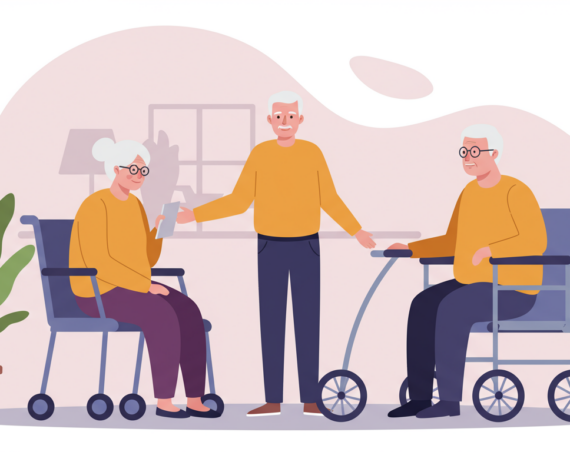
You know how everything feels way quicker than it used to be? Texts send instantly, food shows up at the door in under an hour, and people can track their deliveries from the second they order. Well, emergency help is speeding up too—and not just by a little bit. The way people get medical help, especially in sudden or serious situations, is changing big time. It’s not only faster, it’s way smarter.
Most of that has to do with technology. But it’s also because more people are starting to expect the same kind of instant response in emergencies that they get in everything else. Nobody wants to wait around for help when they’re hurt or scared. And thanks to new systems and smart devices, they don’t have to.
Emergency Help Isn’t Just for the Elderly Anymore
For a long time, medical alert systems were mostly used by older adults. You’ve probably seen those TV ads where someone presses a button and says, “Help! I’ve fallen and I can’t get up!” But now, emergency response systems are getting used by a lot more people. Younger adults who live alone, people with medical conditions, athletes, or even just folks who go hiking or jogging alone are starting to see the benefits of having something in place that connects them to help quickly.
And these new systems aren’t big or complicated. Some are small enough to wear on a necklace or clip onto your clothes. Others work through apps. The main idea is this: if something happens, a person should be able to press a button and instantly get connected to someone who knows what to do. That’s where companies like APERS come in. They make emergency alert systems that don’t just call for help—they send the right kind of help based on where the person is, who they are, and what kind of problem they’re having.
How the Technology Is Changing Everything
Old emergency alert systems were mostly landline-based. That means they only worked inside a person’s home. If someone fell in the kitchen or needed help in the living room, they could press a button and get through to a call center. But that was pretty much it. If the person wasn’t near the base station or if they were outside, things got tricky.
Now, a lot of emergency systems are mobile. They use cellular networks and GPS, just like smartphones. That means someone can be anywhere—on a walk, at the store, or even away on vacation—and still get help. The system tracks their location and sends it to emergency responders right away. There’s no guessing about where they are or what happened.
Some systems can even tell if a person has fallen, without them needing to press anything. These are called fall detection systems. They use sensors that notice sudden drops or strange movements and then send out an alert. That’s really useful if someone blacks out or isn’t able to move after getting hurt.
Smart Connections Make Everything Faster
Speed matters in an emergency. Every second counts, especially during things like strokes, heart attacks, or serious injuries. That’s why emergency systems are now built to respond fast and make smart decisions without wasting time.
Some devices connect straight to emergency dispatchers without going through long menus or recordings. The moment someone presses their button or sends an alert, they’re connected to a trained person who can figure out what’s going on and get the right help. In many cases, that person already has important information about the user—things like allergies, medications, or past health problems—so they don’t have to ask a bunch of questions first.
Another cool thing is how systems are starting to link with other smart devices. If someone has a smartwatch or smart home setup, their emergency system might be able to pull extra information, like heart rate or movement patterns. That data helps responders know whether the person is in danger, unconscious, or having a medical emergency. It makes the whole response smarter from the very beginning.
Why People Trust These Systems More Now
One reason emergency response is improving is because people trust it more. In the past, some people didn’t want to wear a button around their neck or thought the systems were too slow. Now, the design is better, and the technology actually works wherever the person goes. That makes people more willing to use it.
Also, these systems are becoming more normal. They’re not seen as something just for “old people” anymore. Parents might use them for peace of mind if their kid has a condition like epilepsy or diabetes. Solo travelers and hikers wear them just in case they get into a risky situation far from help. And even students or workers in big cities use them for safety, especially if they’re out late or in places they don’t know well.
That change in how people view emergency systems is a big part of what’s making them better. Companies are creating tools for real-life situations, not just medical ones. So the response is not only faster—it’s also designed to match what people actually need.
Where This Is All Heading
Things are moving fast in the emergency tech world. In the future, you might see even more advanced systems that use AI to figure out what’s wrong before the person even says anything. Maybe someone’s device will pick up on abnormal breathing, changes in skin temperature, or sudden stops in movement—and alert help right away. That sounds kind of futuristic, but it’s not that far off.
There’s also work being done to link emergency systems with personal medical records in a safe and private way. If someone needs help and can’t speak, responders might be able to get key health info from a secure system that only activates during emergencies. That saves time and could literally save lives.
And don’t forget about language barriers or hearing problems. More systems are adding ways to communicate through text, symbols, or even video so more people can get the help they need without confusion.
Final Thoughts and Why It All Matters
Emergency help is way different now than it used to be. It’s not stuck at home. It’s not only for the elderly. And it’s not slow. People have more options to stay safe, and the tools they use are smarter, faster, and more helpful than ever. Whether someone’s running a marathon or just living alone, having that quick connection to help can change everything in a tough moment.
The best part is, emergency systems are finally catching up with the rest of our lives. They’re using the same kind of speed and smart tech that we expect from our phones, watches, and apps. And that’s a good thing. Because when something goes wrong, there’s no time to waste.
Safety shouldn’t feel far away. And thanks to how emergency systems work today, it really isn’t.




